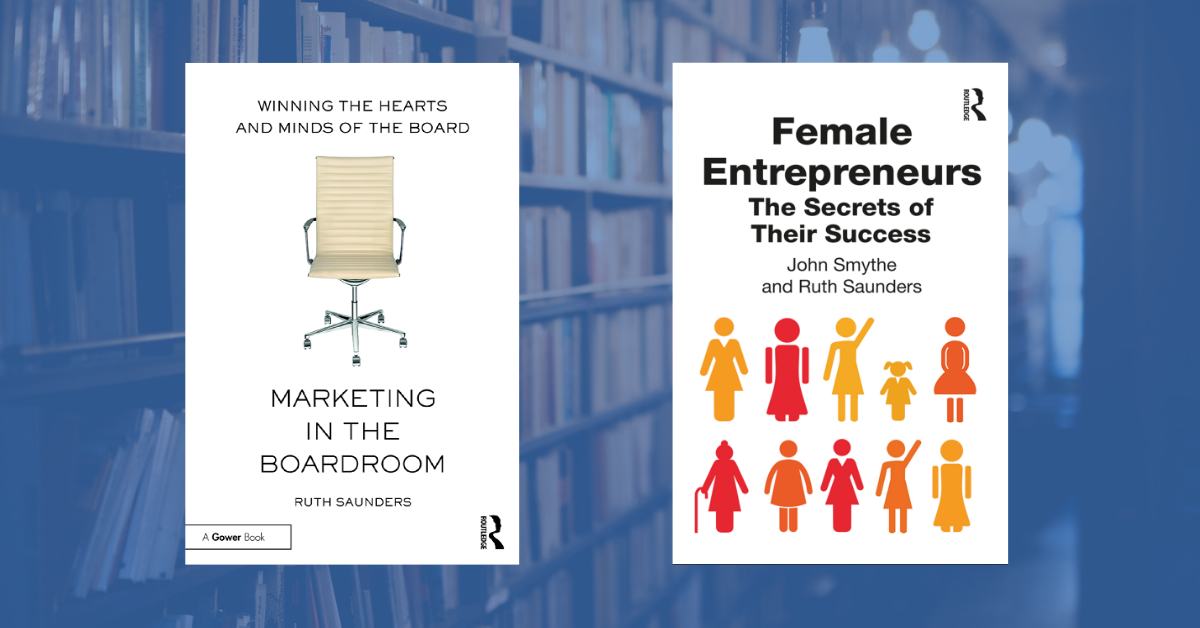
When I worked in consumer goods companies, any major brand decisions were supported by robust quantitative research that proved the case for change.
But in some situations, quantitative research is not feasible or optimal. For example, when
the customer base is small or hard to access, which is commonly the case in B2B and high-
end markets such as wealth management. Or when the decision is more emotional than
rational in nature, and so it needs to take time to be considered properly, e.g., when thinking
about changing brand names or merging to fewer brands.
Basing big strategic commercial decisions on qualitative research only can seem flimsy. But
qualitative research, when done in a robust way, can give senior leadership teams the
confidence they need to make these big, bold decisions, without the need for quantitative
research.
This paper outlines 7 top tips on how to conduct qualitative research in a robust way that
senior leadership teams will buy into.
Choose your sample wisely
When defining the research sample, identify the exact segments you’re keen to interview,
and ensure you have a good sample size of each.
As a rule of thumb, I interview at least 10 people in each key segment. But there are
occasions when this is not feasible, as there are either too few people in the population who
meet the segment criteria or they are hard to access. So, in some projects, I interview as few
as 5 people per segment, and can still get clear patterns that prove or disprove the case for
change.
Take detailed notes in their words
When doing the interview, type or write detailed notes, capturing interviewees exact words
as they are being interviewed. This enables you to:
– Show that they are being listened to, and that their feedback is valuable
– Feedback their exact words, so senior managers can gauge the depth of feeling
– Refer back to notes later in the process if needed; for example, when a new issue
emerges half-way through and you’re keen to reference back to previous interviews to
understand what past interviewees thought about the issue.
Conduct a relaxed, free flowing interview
People become more open and honest if the interview is conducted in a relaxed,
conversational way rather than in a structured, market research way.
To do this, create a feedback sheet that lists out all of the discussion guide questions,
leaving blank spaces underneath to type their answers into. That way, the interviewee can
go wherever they want to in the discussion creating a more relaxed, free flowing discussion.
Then backfill any gaps once they’ve run out of steam.
Count The Responses
When analysing qualitative research, look for patterns. If multiple participants say something similar, then you can bet that it’s true. Report back the number of people per segment who agree or disagree with, or give a specific response to a question – to show whether the strength of feeling is clearcut or more 50:50. Creating products and services that meet the needs of the new norm.
Bring the depth of feeling to life
But it’s not only about the number of people who agree. It’s also about their depth of feeling.
Is it more of a ‘wow’, a ‘nice to have’ or a ‘no way’? In research, people will rarely reply super
enthusiastically – in part because they don’t want to get sold to. So, if the responses are
words like ‘awesome’, ‘amazing’, ‘unique’, ‘can I see a demo?’, then you know you’re onto a
good thing.
Iterate until the solution is clear
Use the interviews to problem solve as you go – and course correct the discussion guide
and stimulus material as needed. For example, are there new issues or ideas coming up that
need to be included in the discussion guide or stimulus material? Are some solutions
becoming clear, and so less time can be spent discussing them in later interviews – and are
others trickier to get to the bottom of, that need to be discussed for longer?
Keep doing interviews until you are sure about the conclusions and recommendations. For
example, you may have aimed to complete 10 interviews in each of 5 segments – 50 in total.
But, if after the 50th interview you still have questions, do a few more interviews until you’re
certain. Or go back to previously helpful interviewees who are happy to be interviewed again
to delve into the issue further.
Outline the recommendations in an actionable way
When presenting back, it is important that the research learnings are actionable. So, draft a
one-page summary outlining your recommendations and rationale. And support this with the
data counts and research quotes that show the breadth and depth of feeling.
In summary
Sometimes, businesses need to make big strategic decisions based on qualitative rather
than quantitative research. For example, when the customer base can be small and hard to
access, which is commonly the case in B2B and high-end markets such as wealth
management. Or when the decision is more emotional than rational in nature, and so it
needs to take time to be considered properly, e.g., when thinking about changing brand
names or merging to fewer brands.
Basing big strategic commercial decisions on qualitative research only can seem flimsy. But
qualitative research, when done in a robust way, can give senior leadership teams the
confidence to make these big, bold decisions, without the need for quantitative research.The following 7 top tips enable people to conduct qualitative research in a robust way that
senior leadership teams will buy into and make big strategic decisions on:
- Choose your sample wisely
- Take detailed notes
- Conduct a relaxed, free-flow interview
- Count the responses
- Bring the depth of feeling to life
- Iterate until the solution is clear
- Outline the recommendations in an actionable way
The author
Ruth Saunders uses her 30 years of experience as a strategy consultant at McKinsey,
marketer at P&G, advertising planner at Saatchi & Saatchi and market researcher at Mars Inc, to help clients be ‘On Point’. She is a marketing and branding consultant, trainer,
speaker and coach – and author of
1. “Marketing in the Boardroom: Winning the Hearts and Minds of the Board”
2. “Female Entrepreneurs – The Secrets of their Sucess“
She can be reached at ruth@beingonpoint.co.uk or on +44 7768 600906.
Follow Ruth on Twitter.


Recent Comments